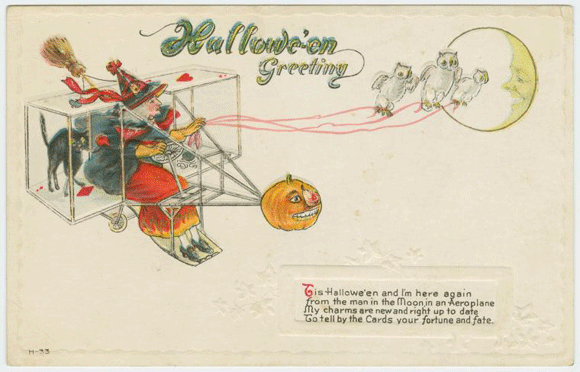In 1909, officials in Tammany Hall gave a man named John “Fishhooks” A. McCarthy permission to use the site as a dumping ground for ashes retrieved from Brooklyn’s coal-burning furnaces via his company Brooklyn Ash Removal. (His nickname comes from his alleged “habit of thrusting his fists immutably into his pockets at the first sighting of any due bill.” (NYT)
 |
| Corona Ash Dump. Image via |
"About half way between West Egg and New York the motorway hastily joins the railroad
and runs beside it for a quarter of a mile, so as to shrink away from a certain desolate area of
land. This is a valley of ashes -- a fantastic farm where ashes grow like wheat into ridges and
hills and grotesque gardens; where ashes take the forms of houses and chimneys and rising
smoke and, finally, with a transcendent effort, of men who move dimly and already crumbling
through the powdery air."
Poverty is cultivated in Fitzgerald's valley of ashes where a steady stream of residents and workers, each covered in the rest of the city's filth, wander a barren landscape, and where the American Dream is totally unattainable. It's also an allegory for the "fear in a handful of dust" found in T.S. Eliot's "The Wasteland" published a few years before Gatsby.
 |
| Corona Ash Dump, 1924. Screenshot form this map |
The Brooklyn Ash Removal dumped at a rate of 100 railroad cars-full per day, creating 90-foot mountains of industrial debris and destroying the local wildlife and ecosystem. City reformers shut the operation down in 1934 and purchased the land. Robert Moses spearheaded the effort to turn the area into parkland and use is as the site for the 1939 World’s Fair. Those efforts included: leveling the ash dump, filling most of the meadow, creating two lakes north of the filled land, building new approaches and traffic arteries, eliminating extensive sewage pollution, constructing a permanent boat basin; constructing permanent utilities for the park, and temporary ones for the fair; extensive landscaping.
 |
| New York World's Fair, 1939. Image: NARA, via flickr |
After the 1939 World's Fair, a few of the buildings were used as the temporary headquarters for the United Nations. The U.N. moved to its permanent Manhattan location in 1951.
 |
| Flushing Meadows Park just after the United Nations left the area, 1951. Image: screenshot from this map |
**For more information on the state of NYC parks before they were parks, check out this Parks Department page.




